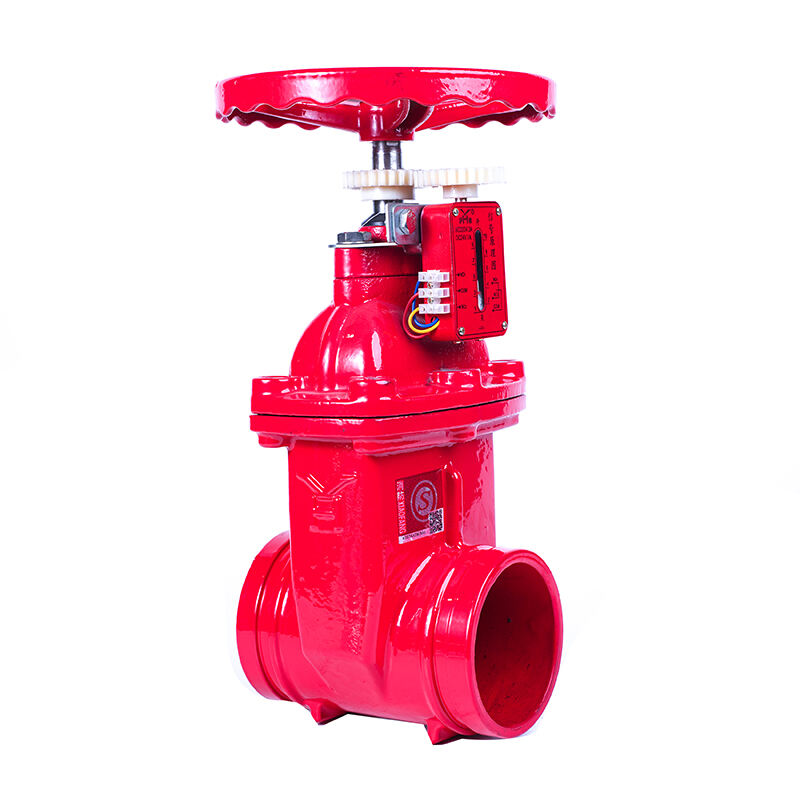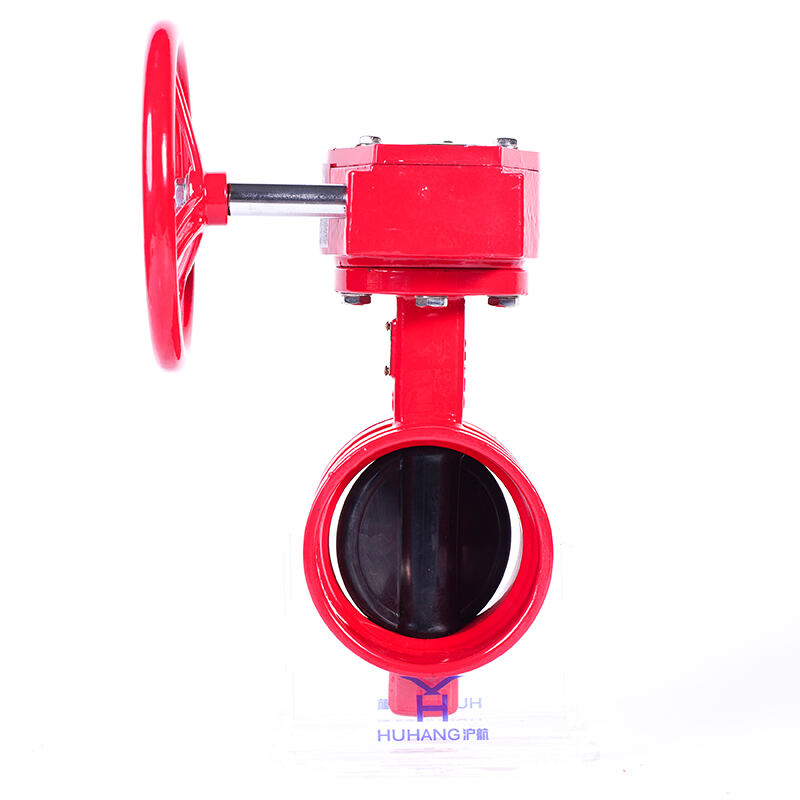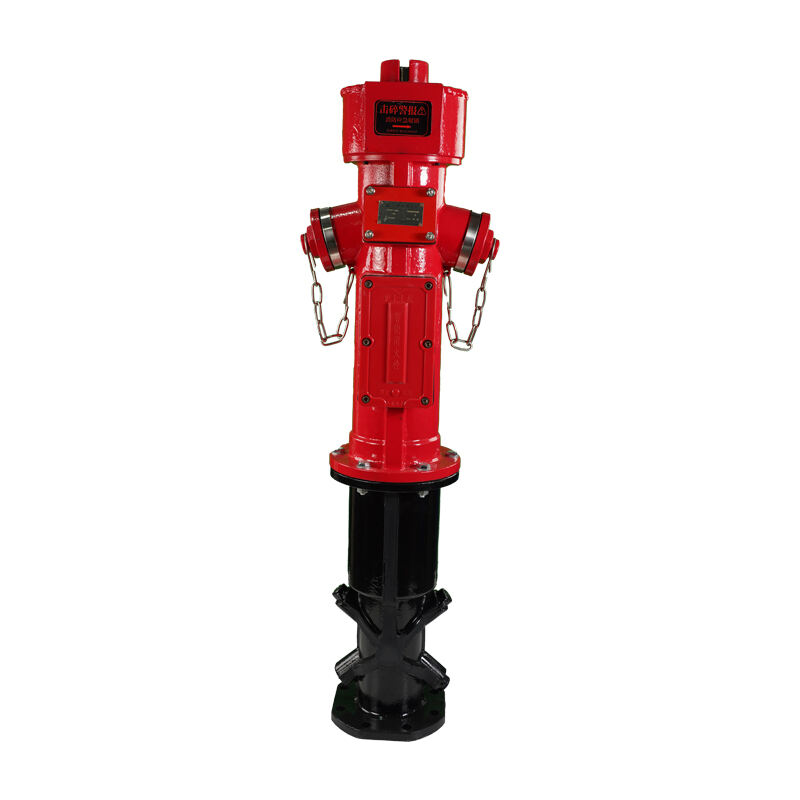different colored fire hydrants
Fire hydrants are color-coded using a standardized system that helps firefighters quickly identify essential information about water flow and pressure capabilities. The primary colors used are red, yellow, green, and blue, each serving a specific purpose in emergency response situations. Red hydrants typically indicate they are connected to private water systems or special risk areas. Yellow hydrants are part of public water systems, capable of providing standard water flow rates. Green hydrants signify high-pressure systems with excellent flow capacity, often found in commercial or industrial areas. Blue hydrants represent the highest capacity systems, usually installed in areas requiring maximum fire protection. The color coding system extends to the hydrant caps as well, with different colors indicating specific flow rates measured in gallons per minute. This systematic approach allows first responders to make quick decisions during emergencies, ensuring they connect to the most appropriate water source for the situation at hand. Additionally, some hydrants feature reflective paint or markers for enhanced visibility during nighttime operations, making them easily locatable in low-light conditions.


